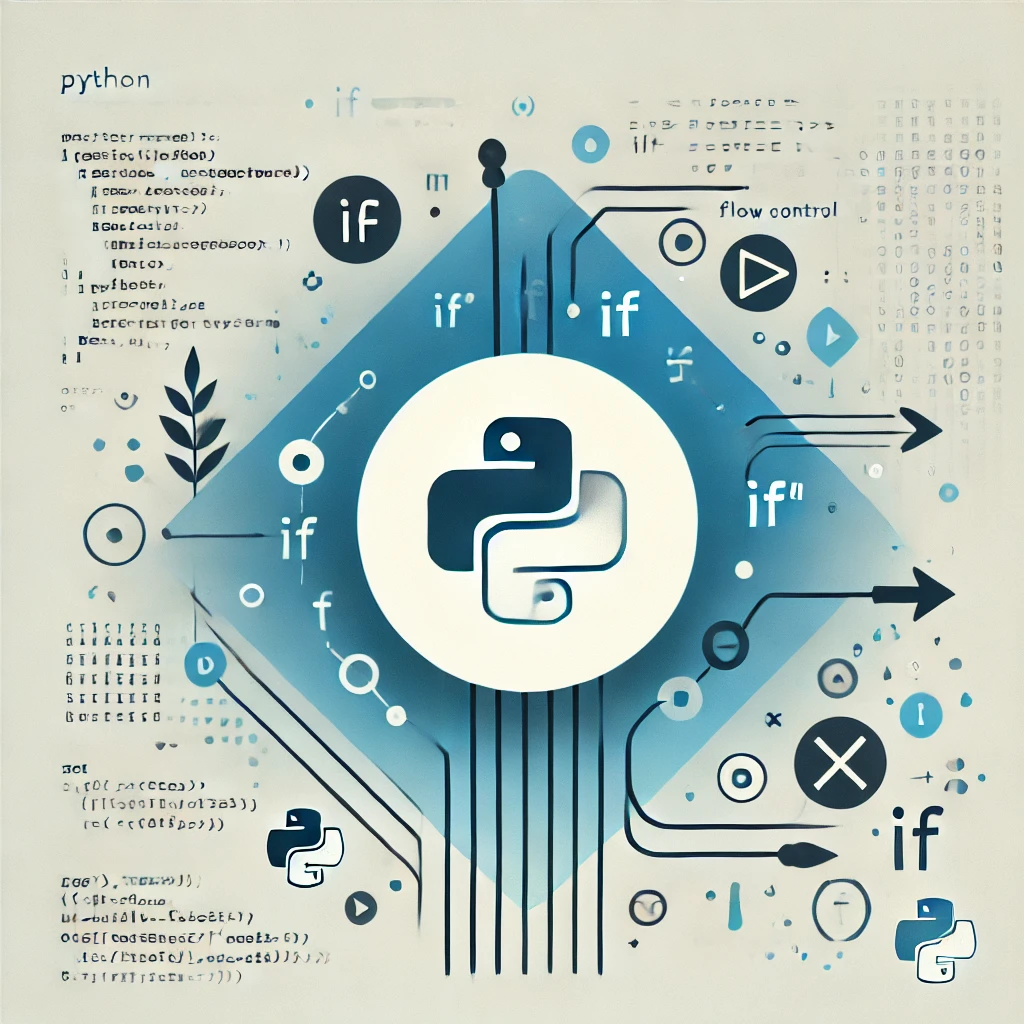Python is widely known for its simplicity, readability, and versatility. One of the fundamental building blocks in Python, and in programming in general, is the conditional statement. Among these, the if condition stands out as a key tool for controlling the flow of a program based on certain conditions. In this guide, we will dive deep into understanding the if condition in Python, exploring its syntax, use cases, variations, and more.
Table of Contents
- Introduction to If Condition in Python
- Basic Syntax of the If Condition
- Indentation in Python If Statements
- Python’s Boolean Expressions
- Using the
elseClause - Introduction to the
elifClause - Nesting If Conditions
- Using Logical Operators in If Conditions
- Ternary (Conditional) Operators
- Common Mistakes with If Conditions
- Practical Examples of If Conditions
- Best Practices for Writing If Statements
- When Not to Use If Conditions
- Frequently Asked Questions (FAQs)
- Conclusion
1. Introduction to If Condition in Python
In Python, conditional statements allow you to control the flow of your program. The most common conditional statement is the if statement. By using an if statement, you can direct your code to execute a specific block when a particular condition is met. This is crucial for decision-making in any program, allowing the program to react differently under varying circumstances.
For example, a simple real-life analogy would be: If it is raining, bring an umbrella. The program follows the same logic to evaluate certain conditions and execute specific instructions based on those conditions.
2. Basic Syntax of the If Condition
The if condition in Python checks a condition, and if the condition evaluates to True, the indented block of code beneath it gets executed. Here’s the basic syntax:
if condition:
# code block to execute if the condition is trueFor instance:
x = 10
if x > 5:
print("x is greater than 5")In the example above, since x is greater than 5, the statement “x is greater than 5” will be printed.
3. Indentation in Python If Statements
Python uses indentation to define the scope of code blocks, which means all code inside an if block must be indented. If the indentation is incorrect, the program will throw an IndentationError. For example:
if x > 5:
print("x is greater than 5") # This will cause an error!The correct indentation would be:
if x > 5:
print("x is greater than 5") # Correct indentationThis indentation rule is one of the features that make Python code clean and readable.
4. Python’s Boolean Expressions
Python evaluates the condition in an if statement using Boolean expressions, which return either True or False. A few common comparisons used in Python’s if conditions are:
==: Equal to!=: Not equal to>: Greater than<: Less than>=: Greater than or equal to<=: Less than or equal to
You can also use Python’s built-in bool() function to evaluate any expression and check its truth value.
if bool(x > 5):
print("x is greater than 5")In this case, the bool() function will return True since x is greater than 5.
5. Using the else Clause
Sometimes, you want to execute a different block of code if the condition in the if statement is not met. This is where the else clause comes in. The else block will execute when the if condition evaluates to False.
x = 3
if x > 5:
print("x is greater than 5")
else:
print("x is not greater than 5")Since x is not greater than 5, the output will be: x is not greater than 5.
6. Introduction to the elif Clause
Often, there are multiple conditions to check, not just a single if and else. In such cases, you can use the elif (else if) clause to handle multiple conditions.
x = 5
if x > 5:
print("x is greater than 5")
elif x == 5:
print("x is equal to 5")
else:
print("x is less than 5")Here, Python evaluates each condition in sequence, and if one evaluates to True, the corresponding block of code is executed, and the rest are skipped.
7. Nesting If Conditions
You can place an if condition inside another if condition, which is known as nesting. Nesting helps when you need to check multiple layers of conditions.
x = 10
if x > 5:
if x < 20:
print("x is greater than 5 and less than 20")In this case, the output will be: x is greater than 5 and less than 20. Python evaluates the outer if first, and if it’s True, it evaluates the inner if.
8. Using Logical Operators in If Conditions
Python provides logical operators like and, or, and not to combine multiple conditions in an if statement.
and: Both conditions must beTrue.or: At least one condition must beTrue.not: Negates the condition.
x = 7
if x > 5 and x < 10:
print("x is between 5 and 10")This will print: x is between 5 and 10.
9. Ternary (Conditional) Operators
Python supports a compact way to write an if-else statement using a ternary operator. This is useful for shorter, more readable code.
x = 7
message = "x is greater than 5" if x > 5 else "x is not greater than 5"
print(message)Here, the message will be: x is greater than 5.
10. Common Mistakes with If Conditions
Despite its simplicity, beginners often make mistakes when using if conditions. Some common errors include:
- Indentation errors: As mentioned earlier, Python is strict about indentation.
- Incorrect comparison operators: Using
=instead of==for equality checks. - Misplaced conditions: Ensure the conditions are ordered logically in your program.
if x = 5: # Incorrect!
print("x is equal to 5")This will throw a SyntaxError because the assignment operator = is used instead of the equality operator ==.
11. Practical Examples of If Conditions
Let’s look at some practical examples of using if conditions:
- Age verification:
age = 18
if age >= 18:
print("You are eligible to vote")
else:
print("You are not eligible to vote")- Grading system:
score = 85
if score >= 90:
print("Grade: A")
elif score >= 80:
print("Grade: B")
else:
print("Grade: C")12. Best Practices for Writing If Statements
- Keep conditions simple: Break down complex conditions into multiple
ifstatements. - Avoid deep nesting: Too many nested
ifstatements make the code harder to read. - Use comments: If the condition is complex, comment on what you’re checking.
- Use ternary operators for simple cases: If you’re writing simple
if-elseconditions, consider using a ternary operator for clarity.
13. When Not to Use If Conditions
There are situations where using if conditions might not be the best choice:
- Repetitive checks: If you find yourself writing many
if-elseblocks for similar conditions, consider using a dictionary or a lookup table instead. - Complex logic: If your
ifconditions are getting too complicated, try breaking them into functions or simplifying the logic.
14. Frequently Asked Questions (FAQs)
1. Can I have an if statement without an else?
Yes, the else clause is optional.
2. Can I use multiple conditions in one if statement?
Yes, by using logical operators like and and or.
3. How do I write an if statement that does nothing?
You can use the pass statement inside the if block.
4. Can I write an if statement in one line?
Yes, you can use a ternary operator for simple cases.
5. What happens if I forget to indent the code inside an if block?
You’ll get an IndentationError.
6. Are elif and else if the same in Python?
Yes, in Python, you use elif instead of else if.
15. Conclusion
The if condition in Python is a fundamental part of programming, allowing you to control the flow of your program based on specific conditions. By understanding its syntax, structure, and various use cases, you can write more dynamic and efficient code. Mastering if statements, along with logical operators and conditional expressions, is essential for any Python programmer. Whether you’re building a small script or a large application, if conditions are a tool you’ll rely on constantly.


Leave a Reply